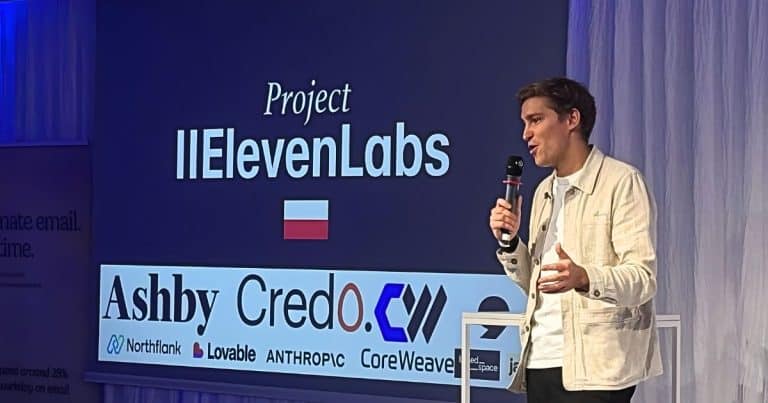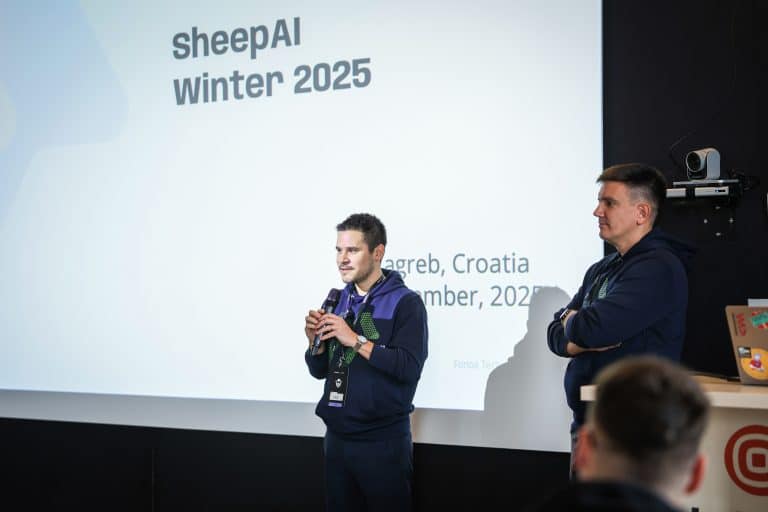What It Takes to Build a Dev Tool Startup in 2025 with Jesse Robbins, Heavybit


“In the past, some VCs would fund popular open source frameworks that said, “we’ll figure out monetization later. While that’s never been our style, the venture market has changed in the last few years. The capital is not as free-flowing, so I expect founders to be more disciplined and have a plan for revenue earlier”, says Jesse Robbins, general partner at Heavybit, the leading investor in developer-first startups.
As an investor, Jesse looks for products that instantly change the way he thinks about the world from the first moment he sees it, built by founders who have strong opinions, great taste, and authentic community leadership.
But solving an interesting technical problem is not enough; the startup’s solution must credibly solve it in a way that can grow into a real business. A tool can be valuable to developers, but it still may not make a venture-scale business.
My partners and I have to see a path to reach many users and revenue at scale.
I’m looking for clearer answers on “Why is this a big, sustainable opportunity?”.
Does the startup have a plan for product-led growth or an enterprise monetization later on? Founders need to have thought through these questions more rigorously than they might have in 2018.
Beware of “AI Washing”
Not every developer tool must feature AI, but nearly all must consider how it might enhance user experience or efficiency, he says. He points out that developers will only embrace AI-driven features that clearly improve their work and will immediately reject superficial AI integrations that add nothing or create friction.
I’m very wary of “AI washing” – slapping a generative AI label on a tool that doesn’t truly benefit from it. The reality is that AI should be applied only where it meaningfully improves the product.
AI in dev tools should be deeply and seamlessly integrated into the developer experience, not bolted on. That’s where the magic happens!
Agentic Experience as the New Developer Experience?
We’re not abandoning developer–centric design—rather, we’re extending our design thinking to accommodate these new users. So, Agentic Experience is sort of the new frontier of DX.
Agent Experience means accepting that part of your “user base” is now software acting on behalf of humans.
That means eliminating all the barriers for that software to use your platform: zero-friction APIs, instant provisioning, machine-friendly docs, clear logging of agent actions, and great DX for automation, ultimately loops back to happier developers of all types.
Jesse predicts that AX will become as commonplace as DX in design discussions going forward, especially as AI agents get more capable.
Dev Tool Fatigue is Real
That’s precisely why Heavybit looks for founders with strong opinions, great taste, and authentic community leadership. Those kinds of people build products worthy of attention and find a way to get it.
I don’t care about GitHub stars but active contributors and real positive discussions in Slack or Discord.
Developers Don’t Want to be Sold to
At Heavybit, they proudly say that the founders they have backed have built the future of software from the bottom up. In his experience with over 80 dev tool companies, Jesse says they often live and die by bottom-up adoption.
Developers don’t want to be sold to—they want to discover tools via peers, side projects, open source, and community buzz.
Free tiers, open-source releases, great documentation and authentic engagement in developer communities are standard. When a developer finds a tool they love, it spreads: from side project to team to org to enterprise deal.
The initial growth of a developer-focused startup is usually organic and driven by users as advocates, but that doesn’t mean “no sales” or that you can ignore traditional go-to-market functions. Many successful dev tools evolve to include blended go-to-market strategies, combining bottom-up adoption with enterprise sales once they reach scale.
Many Heavybit portfolio companies have open-source and/or generous free plans:
Instead of paying for ads, you’re letting the product advertise itself.
It does mean you need a plan to convert usage to revenue down the line – usually via paid cloud services, enterprise features like SSO and compliance, or usage-based billing once a team scales up.
There isn’t one single template, he says. Some dev-first companies go broad and viral bottom-up, while others targeting heavy enterprise use-cases need to engage outbound sales early on. It depends on the product’s audience: if your tool is for an individual developer or a small team (like a new JS framework or a CI service), you likely start bottom-up; if it’s aimed at, say, the VP of Engineering solving org-wide problems, it makes sense to blend in targeted sales sooner.


